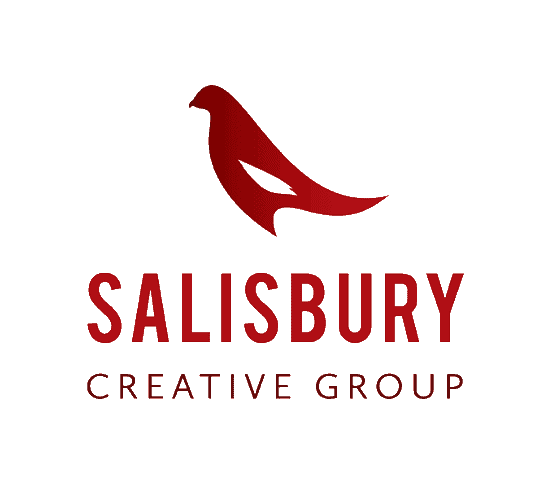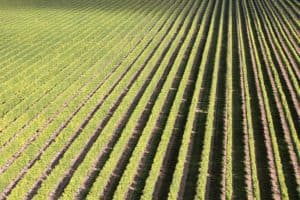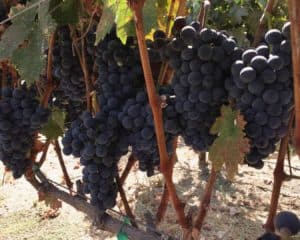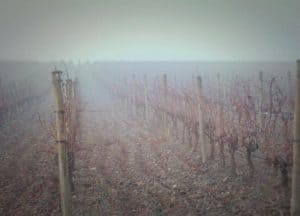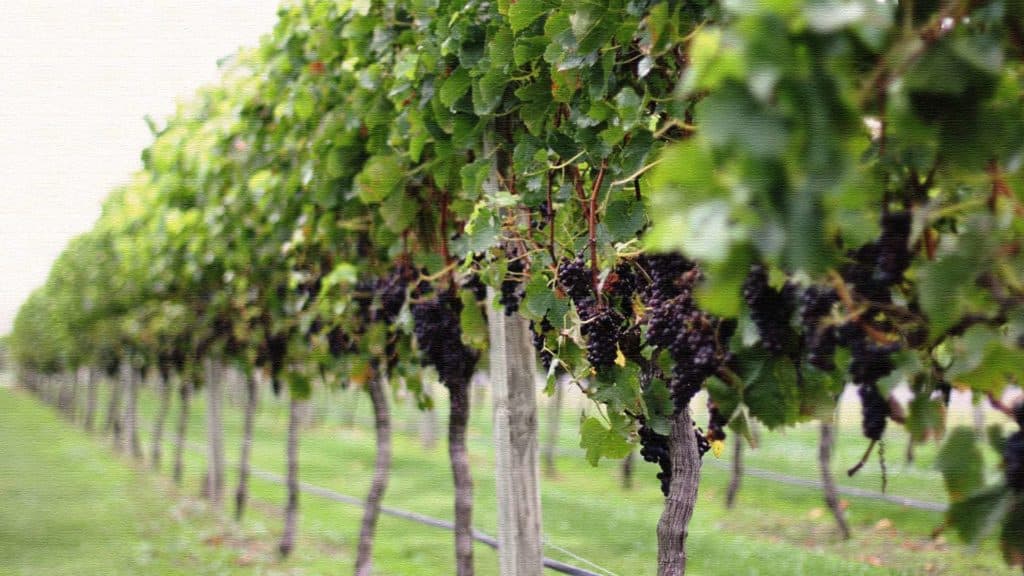
Do you own or manage a small family winery? If so, you most likely have a need to make every dollar you spend on marketing go as far as possible. This article will show you how to do just that. You do not need to have a lot of resources to be resourceful.
Universal Challenges of Small Wineries
If there is one thing all small wineries have in common, it is limited resources to spend on marketing. In a typical winery operation, there are so many things to spend money on that it is hard to carve out the necessary funds for sales & marketing activities.
Also common to all small wineries, is the wide array of WAYS to spend sales & marketing money and the first step to optimizing these funds is to AVOID certain high-cost/low-return options.
The biggest culprits on the low-return list include:
- Paying distributors for new distribution incentives
- Paying for in-store tasting demos
- Wasting money on boosting FB posts
Once you reduce (or halt) these activities, you free up funds for tactics that provide a much bigger bang for the buck. And getting the most with the least is what this post is all about!
No way around it: tech is your new best friend
If you want to accelerate your sales on a shoestring budget, there is no better, more cost-effective way than by leveraging technology.
In fact, of all the things you could do or spend money on, tech holds the biggest bang for your buck. The strategies in this post are infinitely scalable, work 24/7, and cost very little to implement – especially compared to other “common” strategies for selling wine.
“Tech” and the art of winemaking are often perceived as being very far apart from each other. It’s easy to be passionate about growing grapes, making wine, and watching customers’ faces light up when they taste your offerings. Technology is far less “sexy.”
Here is the reality, though: there are tens of thousands of wine brands competing for the same customer and if you want to rise above the crowd, you will need to unleash the awesome power of tech. This post will help you sort through it and give you a solid game plan for small winery marketing.
Your email list is the point of the spear for revenue generation
First and foremost, small wineries everywhere simply must accept that their ability to sell more wine is in direct proportion to the number of engaged subscribers on their email list.
Finding and attracting potential wine consumers and enrolling them onto your email list is not only the very best way to sell more wine but also the most cost effective.
According to a McKinsey study, email remains a significantly more effective way to acquire customers than social media – nearly forty times that of Facebook and Twitter combined!
In evaluating your email marketing strategy, ask yourself the following eleven questions:
- Am I using the right software? Can it do ALL the things I need it to do? We are talking about automations, integrations, segmentation, and engagement reports.
- What is my open rate? A “healthy” email marketing strategy should be between thirty to fifty percent open rates. This is a sign I am sending the right content to the right audience.
- Are there multiple places (forms) on my website for people to join my list?
- Do my email signup forms require ONLY first name and email address? This has a dramatic effect on your conversion rate.
- Am I providing compelling reasons to join my list?
- Do I have an auto-response “welcome email” set up correctly that fires off automatically each time a new subscriber joins my list?
- Am I making effective use of “lead magnets” to continually and consistently grow my email list?
- Am I making use of automated “nurture sequences” for new subscribers – especially those enrolled from my lead magnets?
- Do I regularly purge “cold” (unengaged) subscribers from my list?
- Am I fully leveraging “click segmentation” to segment my list?
- Do I have an effective strategy for sending out drip/broadcast emails?
If you cannot answer “yes” to ALL the questions above, the good news is it is not expensive at all to fix these things and it will have a significant impact on your revenue once you do. This article will help you start implementing a email marketing strategy for your winery.
You can no longer afford to have a mediocre website
The competition for online wine buyers is FIERCE! If your website is not up to par with your competitors, you are in serious danger of missing out on sales.
Here is a quick checklist of things to consider as you evaluate your current website:
- Is your website optimized for mobile devices? Something like sixty percent of users will visit your website (and make a purchase) via their smartphone.
- Is your content fresh? When was the last time you updated it? Also, how old is your website? If you are still using the same website you used five years ago (or longer), one of the best ways to stretch your sales & marketing budget is to upgrade. The good news is that it is nowhere near as expensive as it used to be to build a new website.
- Does it take more than three seconds to load? Optimizing site speed is essential because today’s online shoppers will bounce otherwise.
- Are you leveraging BASIC SEO in order to rank well on Google? (Check out our 5 SEO tips for Wineries)
- How high is your bounce rate? Aim for between forty to fifty percent ideally, but at a maximum, it should be no more than seventy percent.
- Are you using Google Analytics to monitor bounce rates, traffic, and engagement with your content?
- Is your website optimized for new subscribers? Or is it nothing more than an “electronic brochure?”
- Is your website secure? Visitors MUST feel safe visiting your website! Using HTTPS will give your site a secure “padlock icon” when viewed in a Chrome browser.
- Are you leveraging effective “calls to action?” You need to make it as easy as possible for your visitors to know the next step they should take.
- Is making a purchase on your website frictionless and easy to execute?
- Do you have a privacy policy on your website? You will need one in order to execute powerful “lead generation.”
The environment for selling wine online has become increasingly competitive ever since the pandemic. You have about ten seconds to convince a visitor to stay on your website. The margin of error is unbelievably slim!
The good news is it is so much easier and vastly more affordable to build a new website these days because you no longer have to pay someone to “code” which is what made websites so expensive to build in the past.
Avoid the temptation to do-it-yourself. Spend just a little bit more to hire a WordPress pro. This will allow you to build a beautiful website that is secure, easy to update and a dream for consumers to shop.
From money pit to money machine: Facebook advertising done right
The amount of misinformation and lack of knowledge about how to use social media to drive sales is staggering! There are three big reasons for this:
- Facebook makes it very easy to do it wrong.
- What happens on your “feed” is WAY different than what happens in your advertising.
- Wineries overestimate their ability to convert fans & followers into paying customers.
Executed correctly, Facebook advertising (which includes Instagram), is one of the lowest cost, highest return ways to spend your sales & marketing dollars.
Yes, there IS a learning curve. But, it is SO worth taking the time to learn the do’s and don’ts.
Don’t touch that “boost post” button!
There are three main reasons why you should not waste money boosting posts.
- Almost every use of a “push” strategy is guaranteed to be a waste of money. People do not like brands that are “pushy.” This is reason alone not to do it. What is the alternative? Using a “pull” strategy with “real” Facebook/Instagram ads that draws people towards your content so they voluntarily engage. This is the opposite of boosting posts.
- Your content is not well targeted. Simply pushing a post out to more people (typically friends of people who like your page) assumes your friends’ friends drink and buy wine. The statistics are against you on this. Only forty0three percent of adults drink wine and the numbers drop significantly when you factor in frequency (or lack thereof).
- The level of intention is extremely low when people click on a boosted post. You cannot simply look at the number of views/clicks. This is very deceptive. “Real FB/IG advertising should and can be highly targeted to a very select user whose likelihood of taking the actions you want them to take is very high.
If the reason you want to boost a post is to reach more people, there is a MUCH better way to do it that converts clicks to customers.
How “real” FB/IG advertising works
When a winery creates a Business Manager and an Ad Account for their business page on Facebook, an entirely different world of powerful advertising tools open up to them (as opposed to simply boosting posts which any idiot can do).
If your goal is to reach more qualified wine buyers AND get them to take action, utilizing Facebook’s full suite of tools is the only way to spend your hard-earned marketing dollars.
The most powerful tools Facebook has for finding and attracting your target customers are reserved for those who go beyond simply boosting posts. Here is a great resource to get you started on optimizing your paid wine ads.
The reason learning to use “real” Facebook/Instagram advertising is so important is you get a MUCH bigger bang for your buck.
Is outsourcing FB/IG advertising right for you?
No matter how you slice it, planning and executing “real” FB/IG ads is a complex endeavor. This is probably why so many small wineries outsource it to an agency.
But how can small or boutique wineries protect themselves from high-cost, low-return agency and ad fees?
Before signing up with an agency, ask the following questions:
- Does the agency know how to leverage Facebook “lead ads?”
- Do they know how to integrate “opt-ins” to your email software in order to trigger email nurture sequences?
- Do they understand (and regularly practice) testing for audiences, images, headlines, and ad copy?
- Do they know how to use Custom Audiences and Lookalike Audiences?
- Do they know how to leverage “lead magnets?”
- Do they know how to set up a Pixel to track and optimize for various events such as “initiate checkout” and “add to cart?”
- Does this agency typically try to drive cold traffic to your website ecommerce pages with a “Shop Now” or a “Buy Now” button? A sure sign you will be wasting a lot of money.
- Are they willing to be held accountable for sales/conversions (rather than just likes, clicks, comments, shares, reach and impressions)?
It is also very important to find out what other wineries they are advertising for so you can check out those ads and see if they look like “ads.” To do this use Facebook’s Ads Library tool.
This handy tool allows you to view ANY ads currently running. Ads that are too self-promoting (they LOOK like ads) are a waste of money.
Find & attract with Facebook, sell with email
Building brand awareness is important, no doubt. But in order to move the needle on sales, wineries must recognize that you use Facebook and Instagram ads to find & attract email subscribers and then use email marketing to SELL to them.
This is counter to the way most wineries use FB & IG ads. But, it is absolutely the difference between “engagement” and SALES.
People do not go to Facebook and Instagram to “shop” or conduct research. They go to these platforms to be entertained, engaged, and connect with friends and family.
But wineries can take advantage of all this “traffic” by putting compelling ads (that offer something of value) in front of users for the purpose of getting them to join your email list.
Cut out waste; optimize your spending
Small wineries can ill afford to waste money, that is for certain. So, by not spending on low-return items and redirecting your limited fund where they can do the most good (revenue generation), you can stretch your marketing budget much further.
Small winery marketing CAN be complex but it need not be. Focus on the “big three” which is your email strategy, your website and your social media advertising.
A lot of the “conventional wisdom” out there is just plain wrong. What used to work, no longer works in most cases.
In order for a small winery to build a profitable business, they need to keep up with the times.
I’ve put together a 12-page PDF checklist to help you sell more wine online and take your wine sales to the next level. Click here to download your free checklist!
